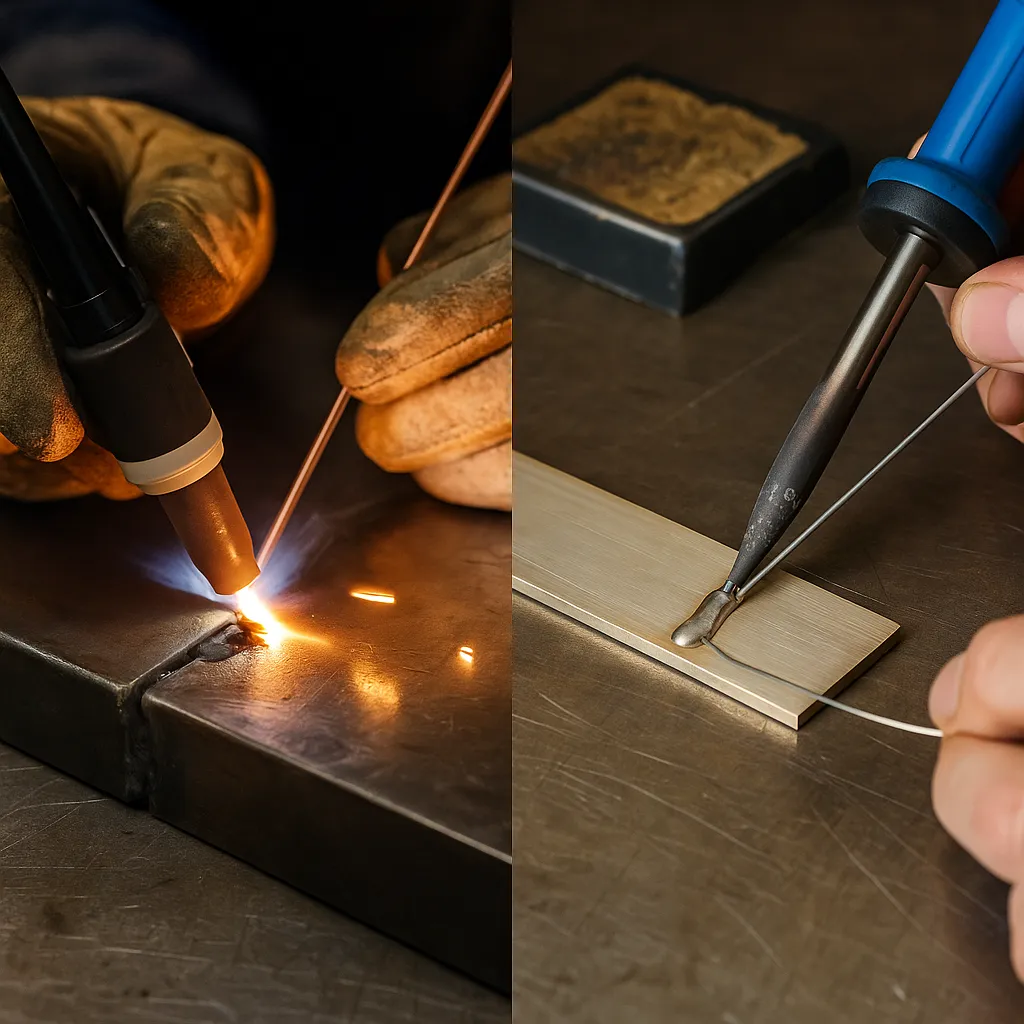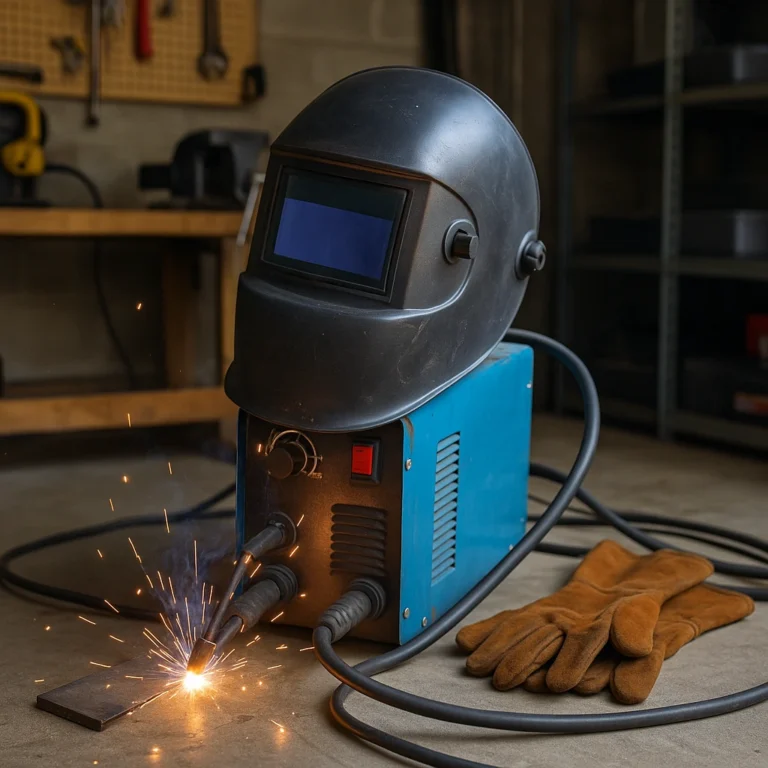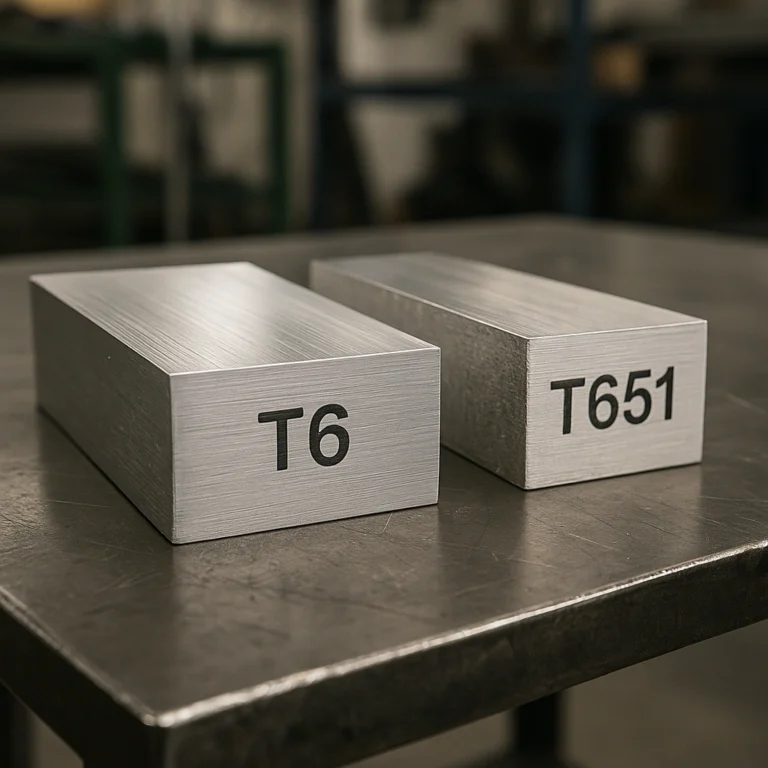Difference Between Welding and Soldering Process: What Really Sets Them Apart

Disclosure: This post contains affiliate links. As an Amazon Associate, I earn from qualifying purchases—at no extra cost to you.
If you’ve ever worked with metal—whether building, fixing, or fabricating—it’s essential to understand the real difference between welding and soldering. These two joining methods may seem similar, but they serve very different purposes depending on the job.
Welding involves melting the base metals to fuse them together. Soldering, on the other hand, joins materials using a melted filler metal without heating the workpieces to their melting point. Knowing when to use each method can save time, money, and avoid frustration—especially if you’re tackling anything from heavy-duty fabrication to fine electrical work.
It’s All About the Heat and How the Joint Is Made
Welding operates at extremely high temperatures—often over 1,500°F. It melts the base metals and usually adds a filler rod or wire to form a solid, structural joint. This process is strong enough for heavy-duty applications like car frames, trailers, and structural supports.
Soldering is much cooler, usually staying under 840°F. Instead of melting the metals you’re joining, it melts a separate alloy (commonly tin-based) to create a connection. This is ideal for smaller, more delicate jobs like circuit boards, electronics, or copper plumbing.
Tools and Setup: Heavy-Duty vs. Handheld
Welding setups are often bulkier and more involved. You might need a MIG or TIG machine, protective gear, wire or rods, and in some cases, shielding gas. It’s more of a commitment in terms of both gear and workspace.
Soldering, by contrast, is straightforward. A soldering iron, some wire, and a sponge for cleaning the tip are often all you need. It’s quick to set up and easy to use, especially for indoor or tabletop tasks.
Many new hobbyists find soldering a safer and simpler entry point before moving on to welding.
Strength and Durability of the Finished Joint
Welds are known for their strength. A well-made weld is often as strong—or stronger—than the surrounding metal. That’s why welding is the standard for anything load-bearing or exposed to stress.
Soldered joints are much weaker by comparison. They’re designed for precision, conductivity, or sealing—not structural strength. They’re great for joining wires, small metal pieces, or plumbing where pressure isn’t a major concern.
Plenty of community discussions highlight the importance of matching the method to the job—trying to solder something that really needs welding is a common rookie mistake.
Safety Considerations for Each Process
Welding safety is no joke. You’re dealing with high heat, bright arcs, molten metal, and UV radiation. A good auto-darkening helmet, gloves, flame-resistant clothing, and proper ventilation are non-negotiable.
Soldering is generally safer. It does carry risks—like hot surfaces or fumes from flux and lead—but they’re much easier to manage in a small workshop or even at your desk. As long as you’re working in a well-ventilated space and using basic protective gear, soldering stays low-risk.
Conclusion
The real difference between welding and soldering process comes down to heat, strength, and job type. Welding is built for strong, load-bearing connections. Soldering shines when you need precision, electrical conductivity, or a quick fix that doesn’t require structural durability.
If you’re working on large metal builds, heavy repairs, or fabrication, welding is your go-to. But for electronics, plumbing, and small metal crafts, soldering is quicker, cleaner, and much easier to master.






